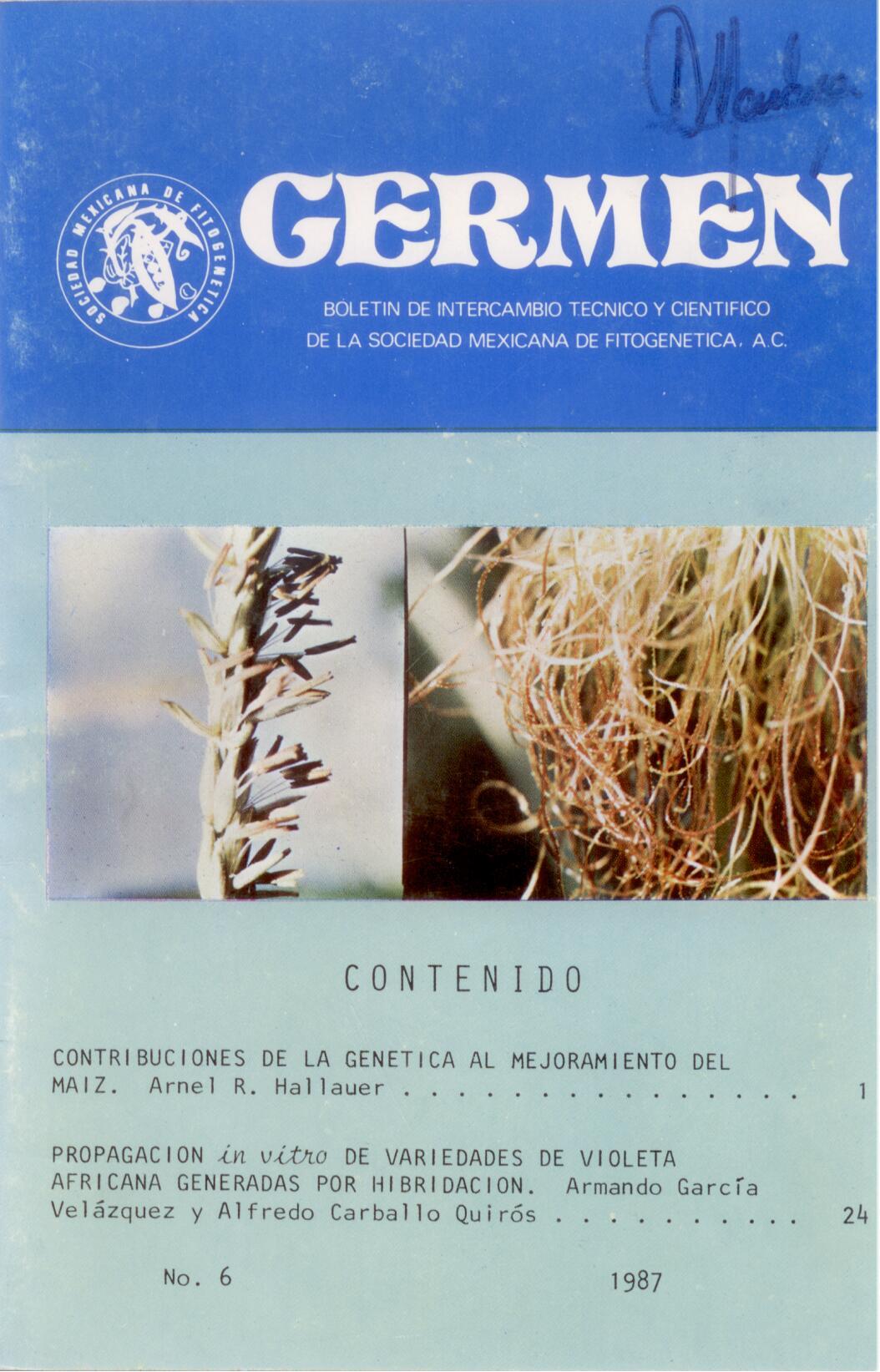In vitro PROPAGATION OF AFRICAN VIOLET VARIETIES GENERATED BY HYBRIDATION
Main Article Content
Abstract
Of the plants used as ornamentals, the African violet (Saintpaulia ionantha) is possibly one of the most recently domesticated, since it was introduced to cultivation at the end of the last century (Anderson, 1961). Originally from Tanzania, it was brought to Germany. Around 1890-1893, ·de doride has been distributed throughout the world as an ornamental plant for interiors due to the attractiveness of its foliage and flowering (Kramer, 1977). The African violet belongs to the Gesneriaceae family, which includes several genera of ornamentals such as gloxinias, Achimenes, Aeschyanthus and Alsobia, among others. The two best-known species of African violet are Saintpaulia ionantha and S. confusing, within which there are variations in the shape of the plant and leaves as well as the shape and color of the flowers. Possibly the current cultivated varieties are of hybrid origin between S. ionantha and S. confusing. Usually the reproduction of the African violet is asexual, using two methods: one of them consists of submerging the petiole of the leaves in drinking water to stimulate rooting and the other by rooting the leaves in a solid medium, such as organic soil, soil mixtures -sand-organic matter or agrolite. With both forms of propagation, one plant per rooted leaf is obtained, which means a relatively small number of plants. Furthermore, except for somatic mutation, which is not known how frequently it could occur, it is understood that the new plants are a faithful copy of the one from which the leaves were taken. Few horticulturists cross and grow African violet plants from seed, which is the way to increase variability in both foliage and flowers.

